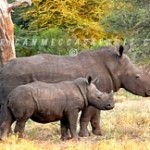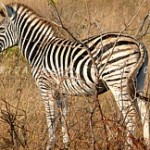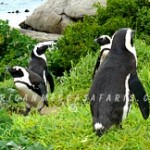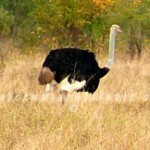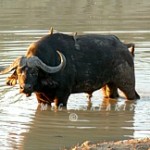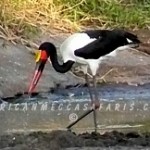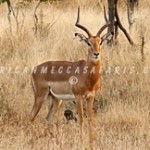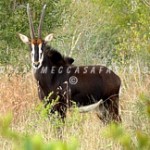Understand Safari Tier Ratings & Experiences In South Africa | Why Visit South Africa For Your Safari Vacation Or Holidays In Africa
SOUTH AFRICA CLIMATE & WEATHER
A subtropical location, moderated by ocean on three sides of the country and the altitude of the interior plateau, account for the warm temperate conditions so typical of South Africa – and so popular with its foreign visitors. South Africa is famous for its sunshine. It’s a relatively dry country, with an average annual rainfall of about 464mm (compared to a world average of about 860mm). While the Western Cape gets most of its rainfall in winter, the rest of the country is generally a summer-rainfall region. At the same time, temperatures in South Africa tend to be lower than in other countries at similar latitudes – such as Australia – due mainly to greater elevation above sea level. On the interior plateau the altitude – Johannesburg lies at 1694 meters – keeps the average summer temperatures below 30 degrees Celsius. In winter, for the same reason, night-time temperatures can drop to freezing point, in some places lower. South Africa’s coastal regions are therefore warmest in winter. There is, however, a striking contrast between temperatures on the country’s east and west coasts, due respectively to the warm Agulhas and cold Benguela Currents that sweep the coastlines. Being in the southern hemisphere, South Africa’s seasons stand in opposition to those of Europe and North America, so, yes – South African’s spend Christmas on the beach!
Summer:
Over much of South Africa, summer (mid-October to mid-February) is characterized by hot, sunny weather – often with afternoon thunderstorms that clear quickly, leaving a warm, earthy, uniquely African smell in the air. The Western Cape, with its Mediterranean climate, is the exception, getting its rain in winter.
Autumn:
Autumn (Fall) in South Africa (mid-February to April) offers in some ways the best weather. Very little rain falls over the whole country, and it is warm but not too hot, getting colder as the season progresses. In Cape Town, autumn is fantastic, with hot sunny days and warm, balmy nights which many people spend at outdoor cafés.
Winter:
Winter in South Africa (May to July) is characterized in the higher-lying areas of the interior plateau by dry, sunny, crisp days and cold nights. So it’s a good idea to bring warm clothes. The hot, humid KwaZulu-Natal coast, as well as the Lowveld (lower-lying areas) of Mpumalanga and Limpopo provinces, offer fantastic winter weather with sunny, warmish days and virtually no wind or rain. The Western Cape gets most of its rain in winter, with quite a few days of cloudy, rainy weather. However, these are always interspersed with wonderful days to rival the best of a British summer. The high mountains of the Cape and the Drakensberg in KwaZulu-Natal usually get snow in winter.
Spring:
Nowhere in South Africa is spring (August to mid-October) more spectacular than in the Cape provinces. Here the gray winter is forgotten as thousands of small, otherwise insignificant plants cover the plains in an iridescent carpet of flowers. The journey to see the flowers of the Namaqualand in the Western and Northern Cape is an annual pilgrimage for many South Africans.




